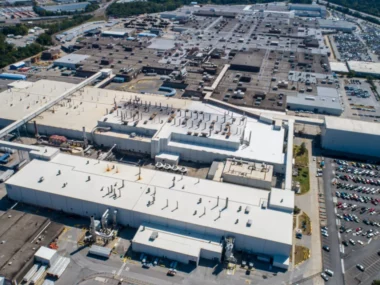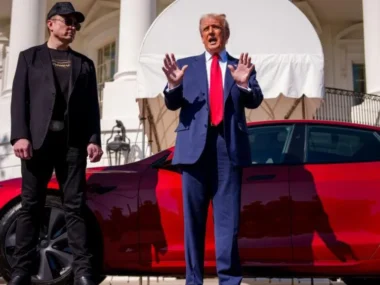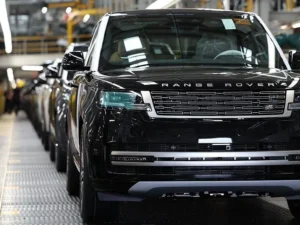When Barack Obama took office in January 2009, the economy was struggling with rising unemployment, declining markets, and widespread foreclosures due to a financial crisis.
In contrast, as Donald Trump returns to the White House, he steps into a much stronger economic environment, promising significant reforms through executive actions and bold legislation.
By the end of 2024, unemployment had fallen to 4.1%, a level surpassed only by Presidents George W. Bush in 2001 and Richard Nixon in 1969.
Although high living costs and inflation concerns remain, the overall US economy is in a stable position as Trump takes office. The job market is growing steadily, wages are outpacing inflation, and economic expansion is exceeding expectations.
David Kelly, chief global strategist at JPMorgan Asset Management, stated, “The president is inheriting a very healthy economy.”
Major Questions Loom
One factor that could slow down the US economy is the level of uncertainty currently being introduced.
It’s normal for some uncertainty to arise when there’s a change in leadership, with the new administration bringing in fresh ideas and policies.
However, Trump is kicking off his second term with a series of swift executive actions, addressing issues ranging from energy and immigration to the structure of the federal government.
He has promised this is just the start, with plans to impose substantial tariffs, drastically reduce red tape, and offer new tax breaks to businesses and individuals.
“Uncertainty is a tax on the economy,” said David Kelly of JPMorgan. “In football, you might want to keep your opponent guessing. But when managing an economy, it’s important to make your plans clear. Otherwise, people may delay decisions, which tends to slow things down.”
There’s ongoing speculation about Trump’s trade policies.
He’s pledged to impose significant tariffs on both allies and adversaries, though the specifics of these tariffs remain unclear. For instance, he announced that 25% tariffs would be applied to Canada and Mexico starting February 1 but did not follow through with the necessary executive action to make this happen.
Regarding other nations, Trump hinted that his administration might implement broad tariffs, but no final decision has been made. How high these tariffs will go, how long they’ll last, and how other countries will respond remain open questions. Countries like Canada have already threatened retaliation through tariffs and other measures.
In his inaugural address, Trump committed to “immediately begin the overhaul of our trade system to protect American workers and families” and even reiterated plans to establish an External Revenue Service to collect tariff revenues. (While Trump suggests foreign countries will bear the brunt of these tariffs, in reality, they are paid by US importers, who often pass the costs on to consumers through higher prices.)
The Cost of Living Challenge
Trump is aware that rising prices are a major concern for many Americans. People are spending significantly more on groceries, rent, car insurance, and other essentials compared to pre-pandemic times.
According to Moody’s Analytics, the average US household is now spending about $1,213 more than in January 2021 for the same goods and services.
While paychecks have increased slightly, they still aren’t keeping up with the higher cost of living, leaving many people struggling financially.
Trump has promised to lower prices, but many economists are skeptical that this will happen broadly, unless the economy crashes. While consumers may appreciate lower prices, deflation can be risky and difficult to recover from.
Kelly pointed out that returning prices to pre-pandemic levels would require a depression, not just a recession. Trump has admitted that reducing prices is challenging but insists he can make it happen.
However, some economists are concerned that aspects of Trump’s policies could fuel inflation. For instance, tariffs could lead businesses to pass costs onto consumers, and mass deportations could hurt industries like construction and agriculture.
Currently, there are fears that the US economy is overheating, and Trump’s policies could worsen this. Although inflation has decreased, it remains above the Federal Reserve’s target. Stock markets, particularly in Big Tech and AI sectors, have surged to record highs.
Torsten Slok, chief economist at Apollo Global Management, stated that the US economy is in strong shape as it enters 2025, though he expressed concerns about potential risks to growth and inflation.
Ultimately, Trump’s economic success may not depend on reducing prices. Instead, it could rely on the continuation of real wage growth, a trend that began under President Biden. If paychecks continue to outpace prices, more Americans will be able to adjust to the higher costs of living and feel better about their financial situation.











